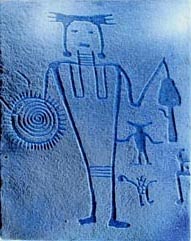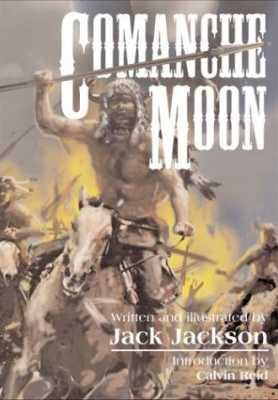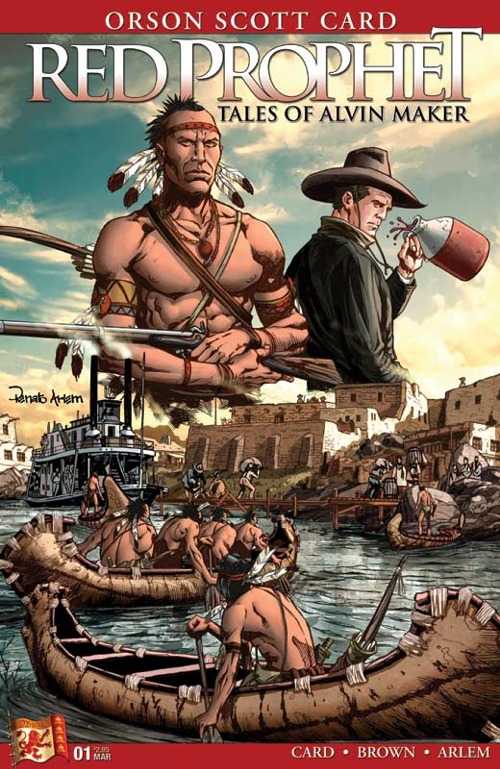This blog has moved
This blog is now located at http://pictographs.turquoisetales.com/.
You will be automatically redirected in 30 seconds, or you may click here.
For feed subscribers, please update your feed subscriptions to
http://pictographs.turquoisetales.com/feeds/posts/default.
 Pictographs
Pictographs






